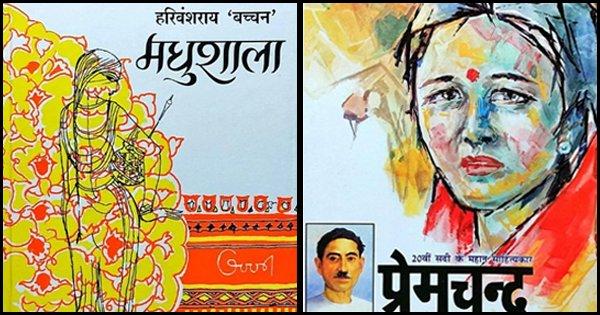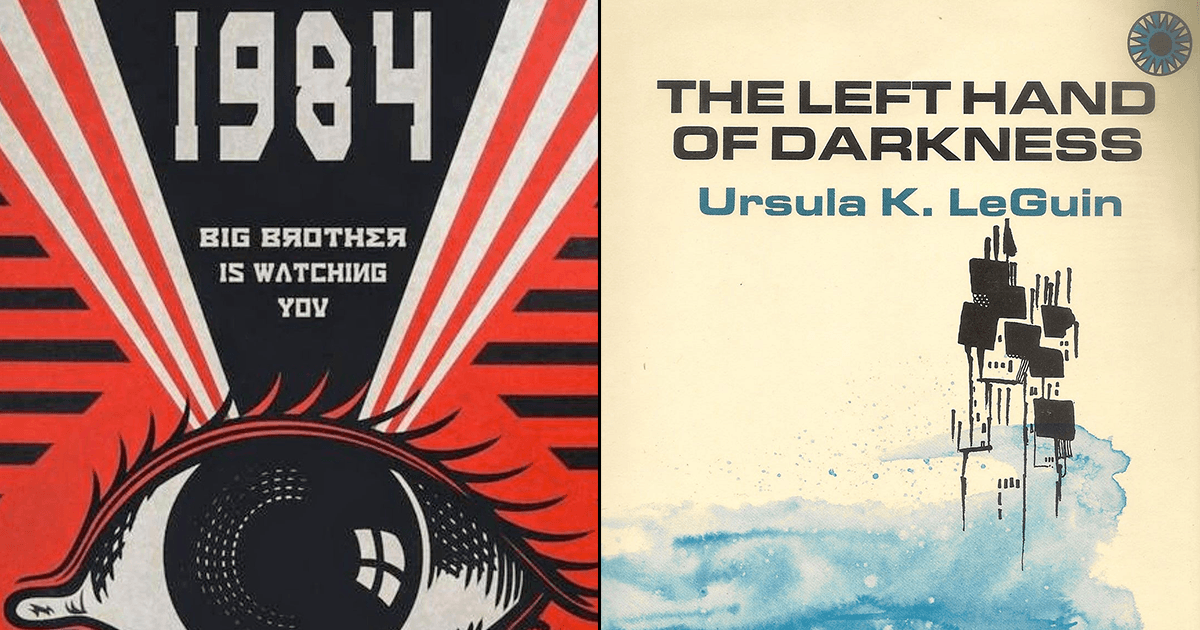Be it on TV or the bedtime stories that our elders have told us while growing up, we’ve all been hooked by the Mahabharata at some point. The best part about the epic? The stories never run out. Just when you think you’ve got a fair idea of what goes on, you find a new backstory that takes you by surprise. Of course, one of the reasons behind this is the many, many versions and retellings that the epic lends itself to. This also means that the stories we’re sharing with you may be entirely different according to another version! Do share those with us as well. Here are some lesser known stories that we found out!
1. First things first, Duryodhana’s real name was Suyodhana.
And the rest of the clan was Sushaasana, Suchala and so on and not the Dusshaasana, Dusshala etc. that we are familiar with. They were all given nicknames to suit their bad reputation.
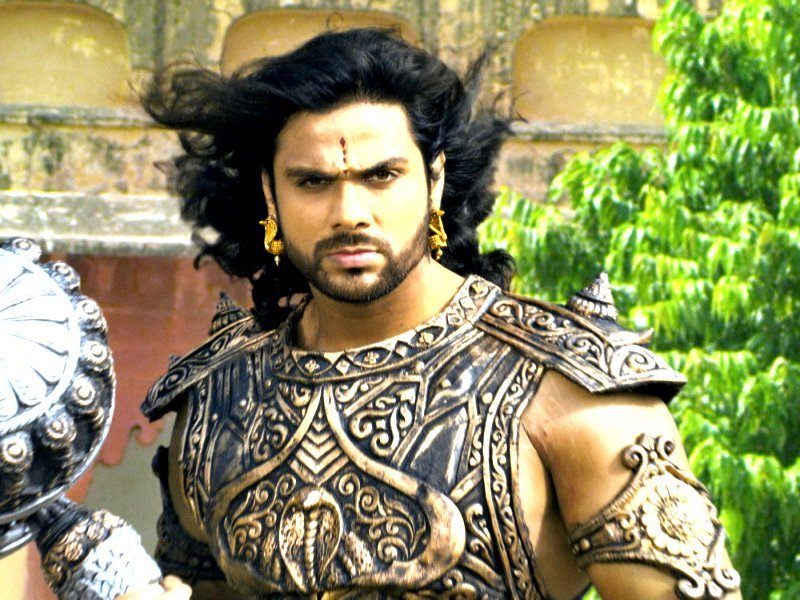
2. There is a reason why Duryodhana did not participate in Draupadi’s swayamvara.
It’s because he was already married to the princess of Kalinga, Bhanumati. He had promised her that he would never marry another, and he kept his word. Gotta give it to him for commitment!
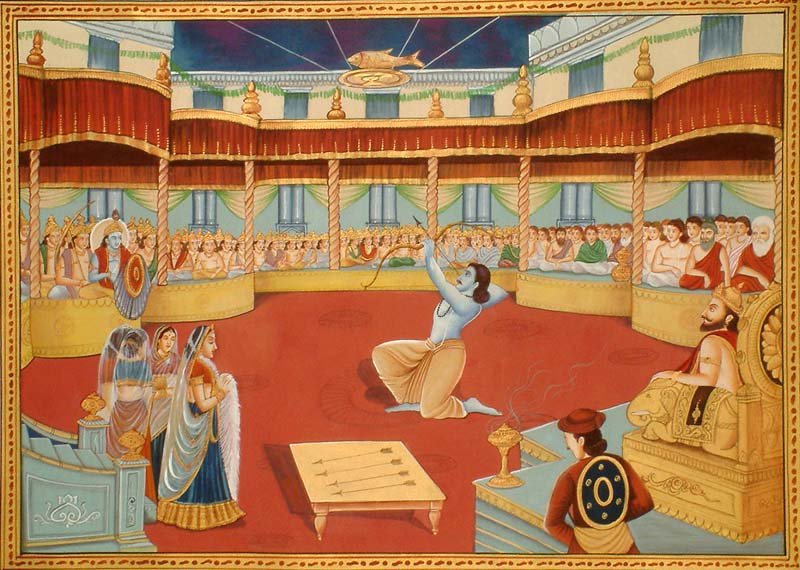
3. Not all Kauravas were against the Pandavas in the war.
Two of Dhritarashtra’s sons, Vikarna and Yuyutsu did not approve of Duryodhana’s actions and had actually protested against Draupadi being staked in the game of dice.
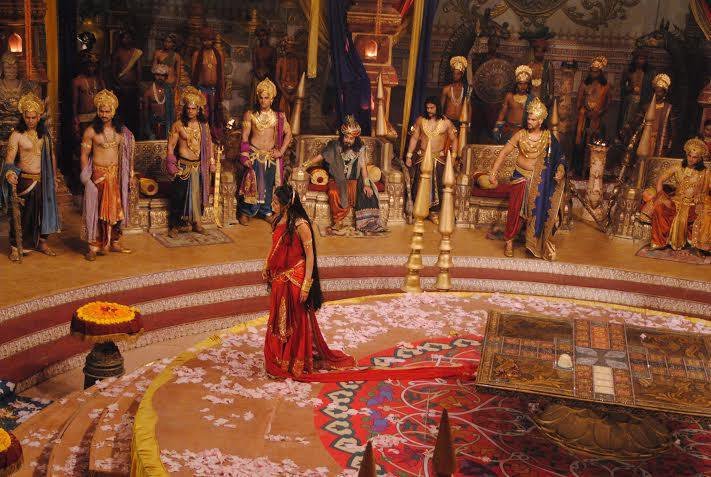
4. Draupadi’s brother was actually a reincarnation of Ekalavya.
Originally born to Vasudeva’s brother Devashrava (which by the way makes him Krishna’s cousin!), Ekalavya got lost in the forest and was subsequently brought up by the Nishada king Hiranyadhanu. He was killed by Krishna during Rukmini’s abduction. However, to honour the great sacrifice Ekalavya made as guru dakshina , Krishna blessed him so that he can reincarnate and take revenge on Drona. Hence, Ekalavya was reincarnated as Draupadi’s twin Dhrishtadyumna.
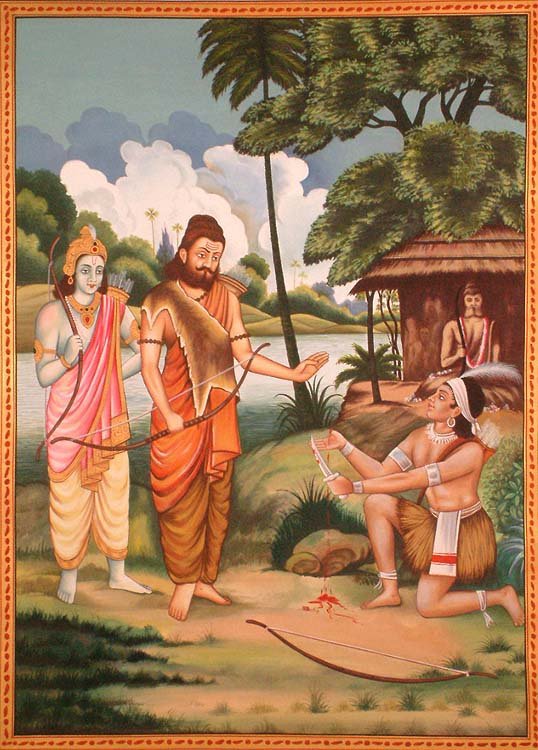
Check Out – 20 Interesting Mahabharata Characters
5. Shakuni’s had a hidden agenda behind his evil plans.
The blind king Dhritarashtra had taken his wife Gandhari’s entire family as prisoners, and treated them very badly. Obviously, the family was not pleased with this treatment. King Subala (Gandhari’s father) decided that everyone would sacrifice their share of food to strengthen one chosen member who will be the reason for Dhritarashtra’s downfall. Shakuni, the youngest and smartest of the lot was chosen for this task.
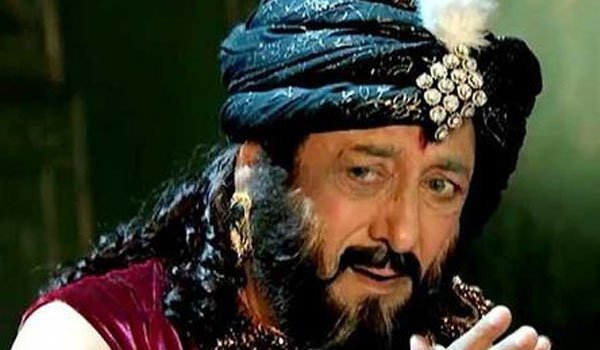
6. Barbarik, son of Ghatotkacha, had a unique power, which made Krishna ask him for his head in charity.
Bheema’s grandson (Ghatotkacha’s son), Barbarik was supposed to be a great warrior. By Lord Shiva’s blessings, he had special arrows by which he could mark his enemies, mark the ones he wanted to save, and then destroy all his enemies respectively. Thanks to this, he could have ended the war in one minute flat. Krishna however, knew better than to let this happen. Because of an oath to his mother, Barbarik always fought for the weaker side. Krishna appeared to him as a Brahmana, and reasoned that whichever side he took would by default be stronger. That way he would have to keep changing parties till everyone got killed. Krishna then asked for his head in charity because the battlefield must be purified before battle by sacrificing the head of the bravest kshatriya. Barbarik obliged and became the greatest Kshatriya alive. That is how Krishna saved the Pandavas from losing the battle.
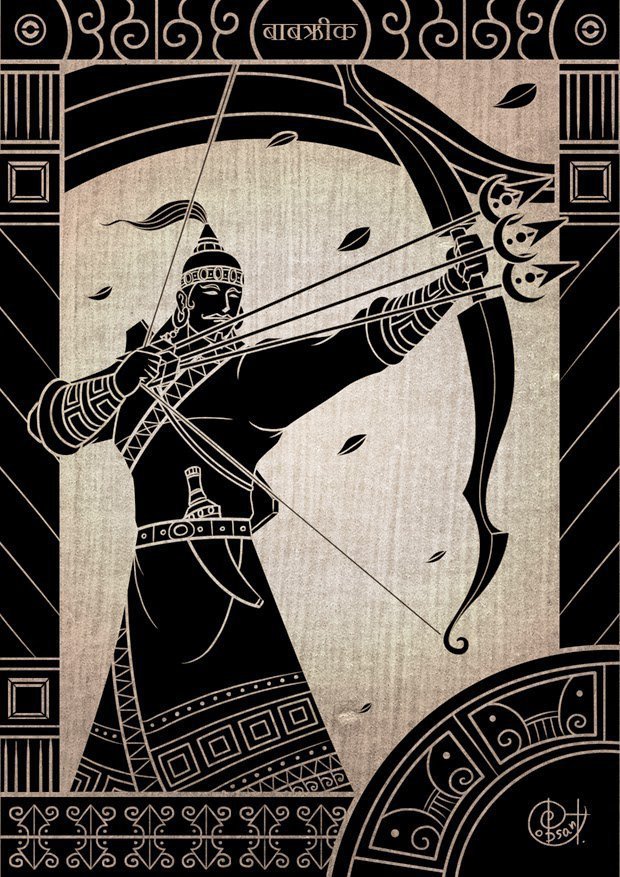
7. Bhishma was the only legitimate heir to the throne.
So let’s rewind the story a little bit. First, there was King Shantanu, who married Ganga, who gave birth to eight sons (who were all actually Devas cursed to be born on Earth). Yes? So Ganga managed to kill the first seven, freeing them from their curse. King Shantanu intervened as she was about to kill the eighth one, saving the only remaining son, who we know as Bhishma.
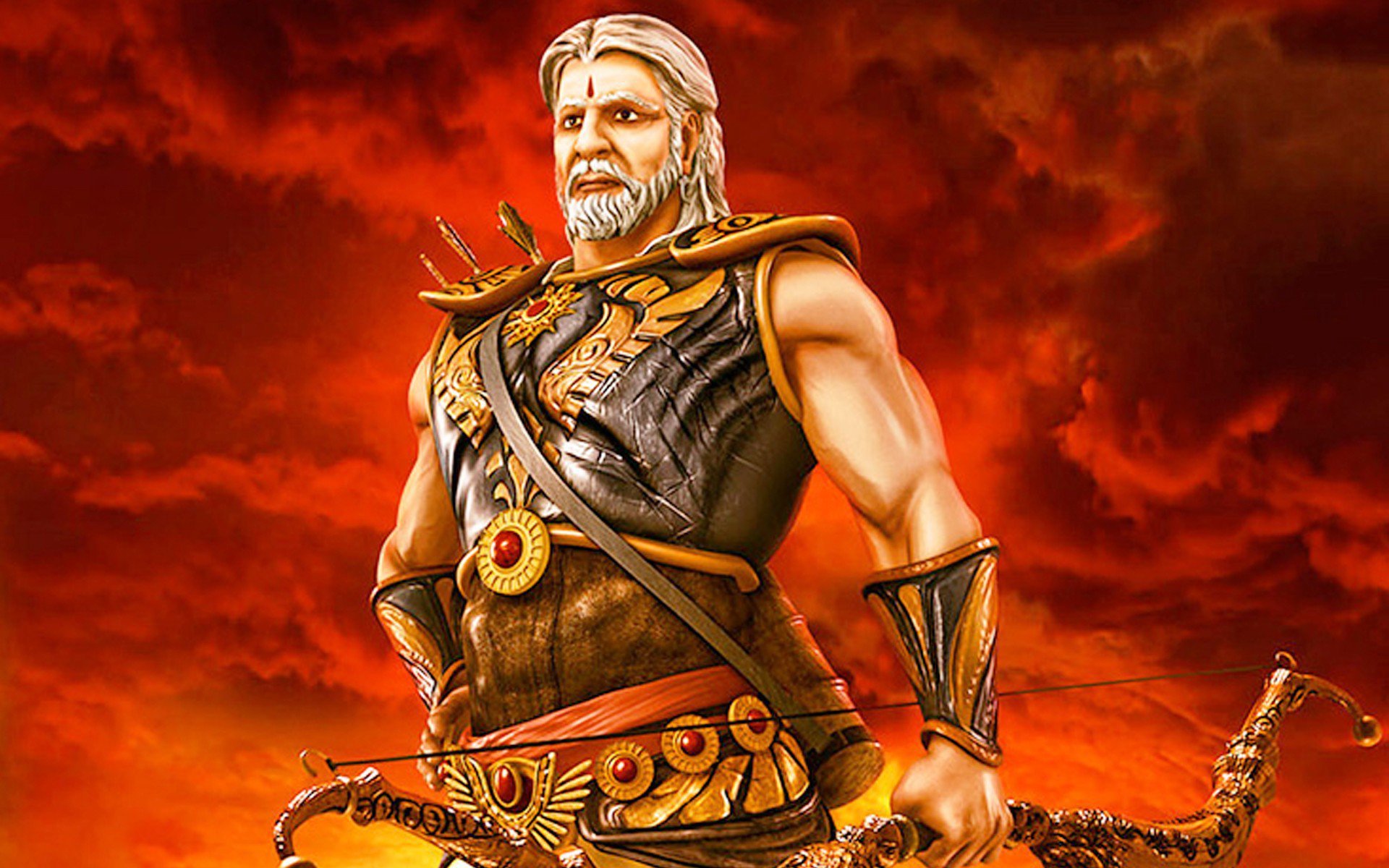
8. Bhishma’s real name was Devavrata.
When Devavrata was a young man, his father Shantanu went on a hunt, and fell in love with a local fisherwoman, Satyavati. However, Satyavati’s father lay down a tough condition – he would only let him marry her if her sons became heirs to his throne. Shantanu returned to his kingdom heartbroken. Devavrata, unable to see his father in this sad state went to persuade Satyavati to marry his father, offering to step aside as the heir. Satyavati was not satisfied. Even if he steps down, she argued, his sons may claim the throne later. So, Devavrata took a vow never to marry or reproduce and came to be known as Bhishma (Terrible).
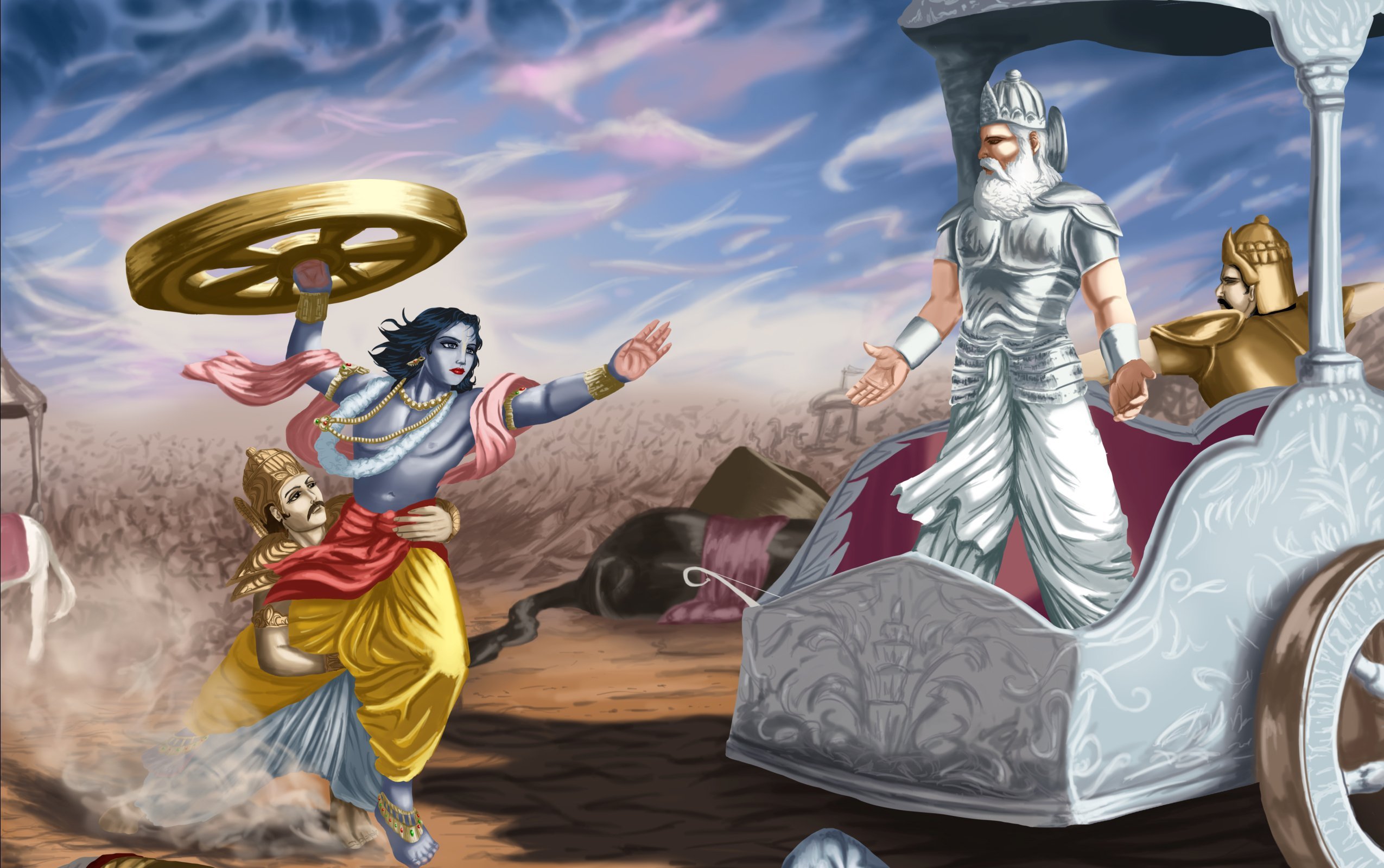
9. The author of Mahabharata is also a character in the epic!
Yes, yes, we all know that there was no one writer who put the Mahabharata together. But as per the story, Satyavati had a son with Sage Parashara before her marriage to King Shantanu. Before giving into the sage’s advances, Satyavati exacted three wishes out of him; one of which was that the son born of their union be famous as a great sage. Soon after, Satyavati gave birth on an island in Yamuna. This son was called Krishna-Dwaipayana, later known as Vyasa – compiler of the Vedas and author of the Puranas and the Mahabharata .
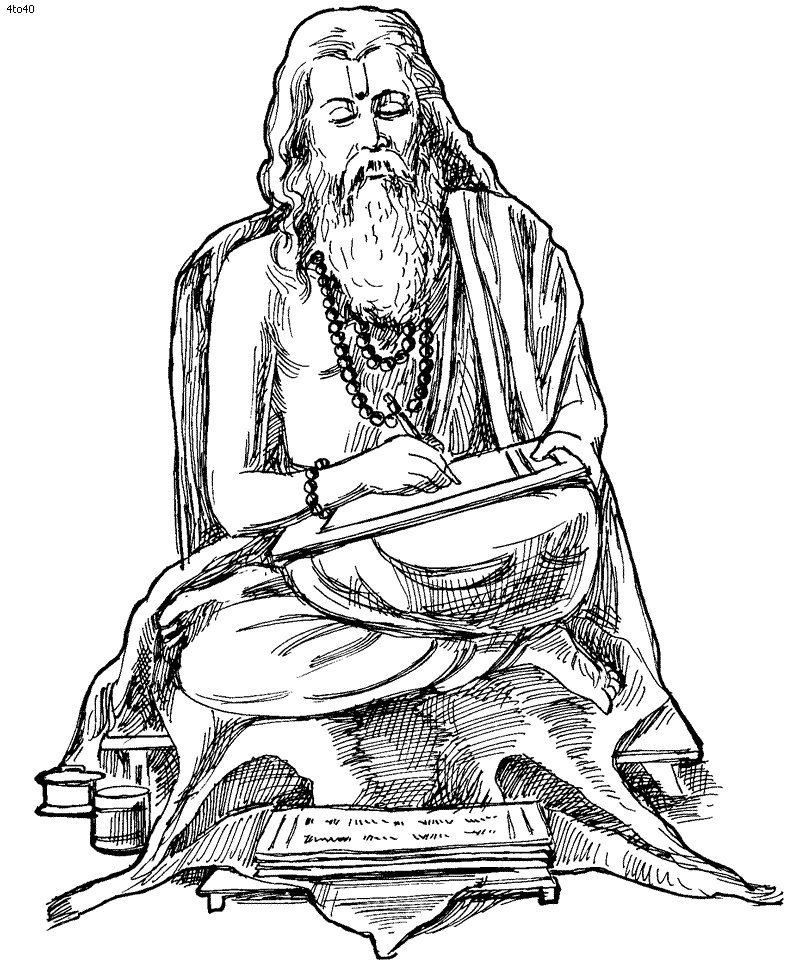
10. In fact, he’s the same guy who fathered Dhritarashtra and Pandu/ set the ball rolling!
So Bhishma pledged that he will never have children. Now here’s the thing, Satyavati’s two sons with Shantanu died too early. So, Satyavati was left with their two childless widows, Bhishma, and an empty throne. Solution? Satyavati called her other son Vyasa, the same Krishna-Dwaipayana-Vyasa who wrote the Mahabharata to impregnate her two widowed daughter-in-laws. Ambika gave birth to Dhritarashtra, and Ambalika gave birth to Pandu. Mind = blown.
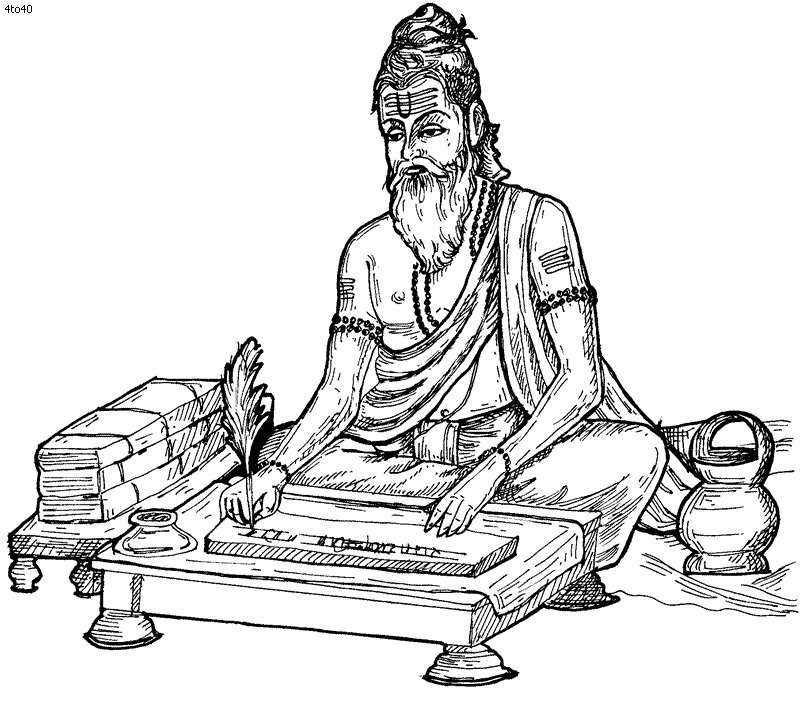
This article was inspired by a Quora post.






